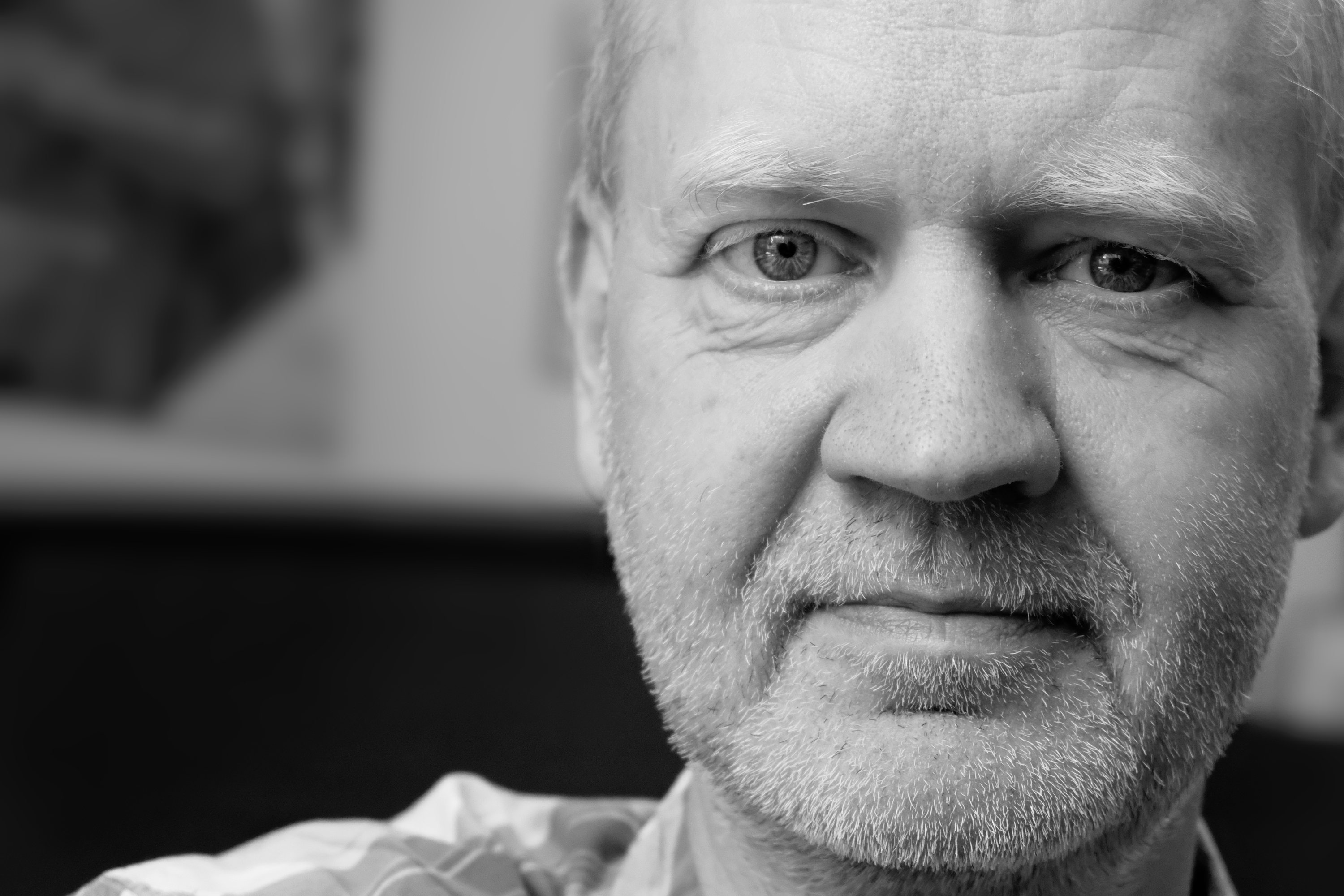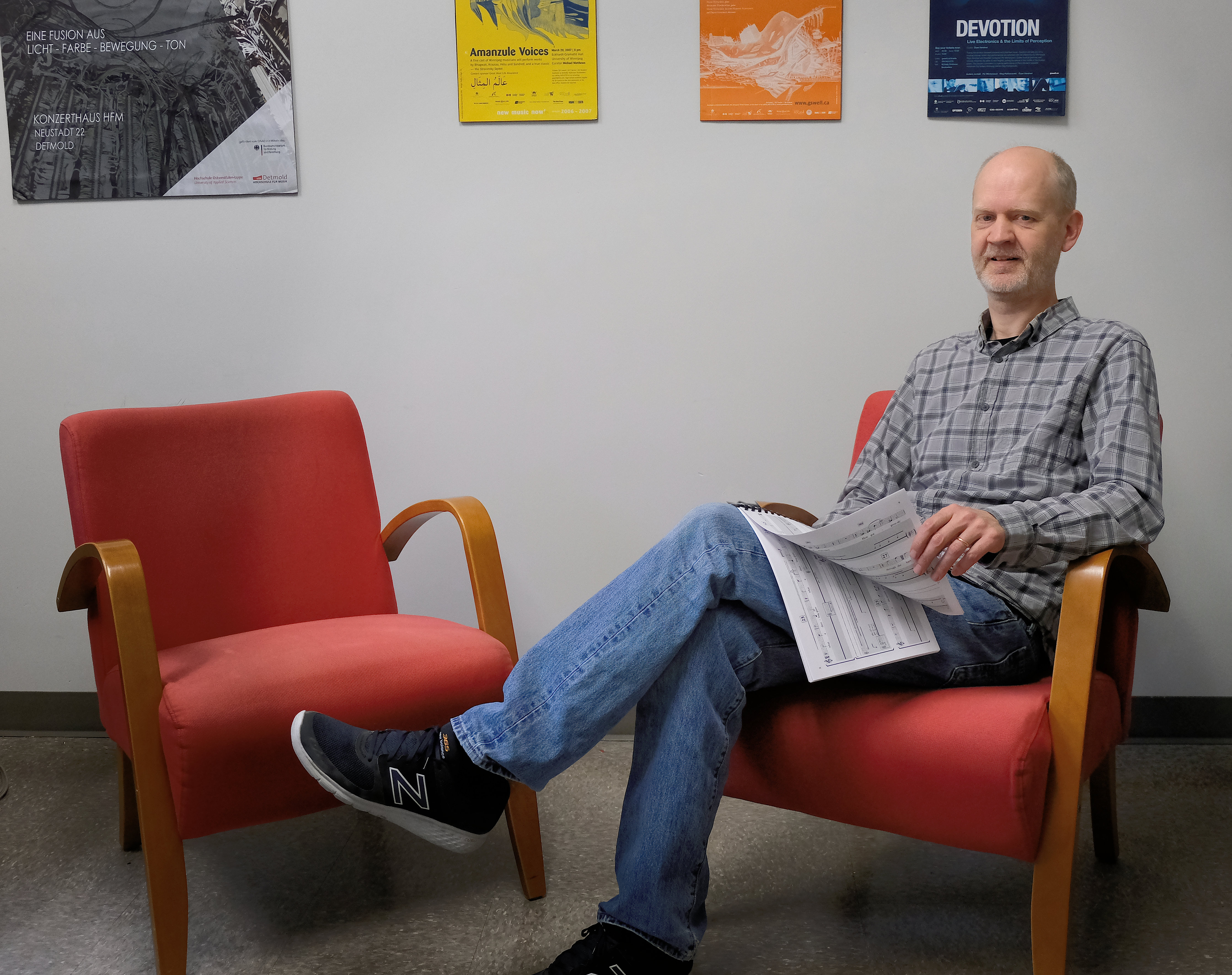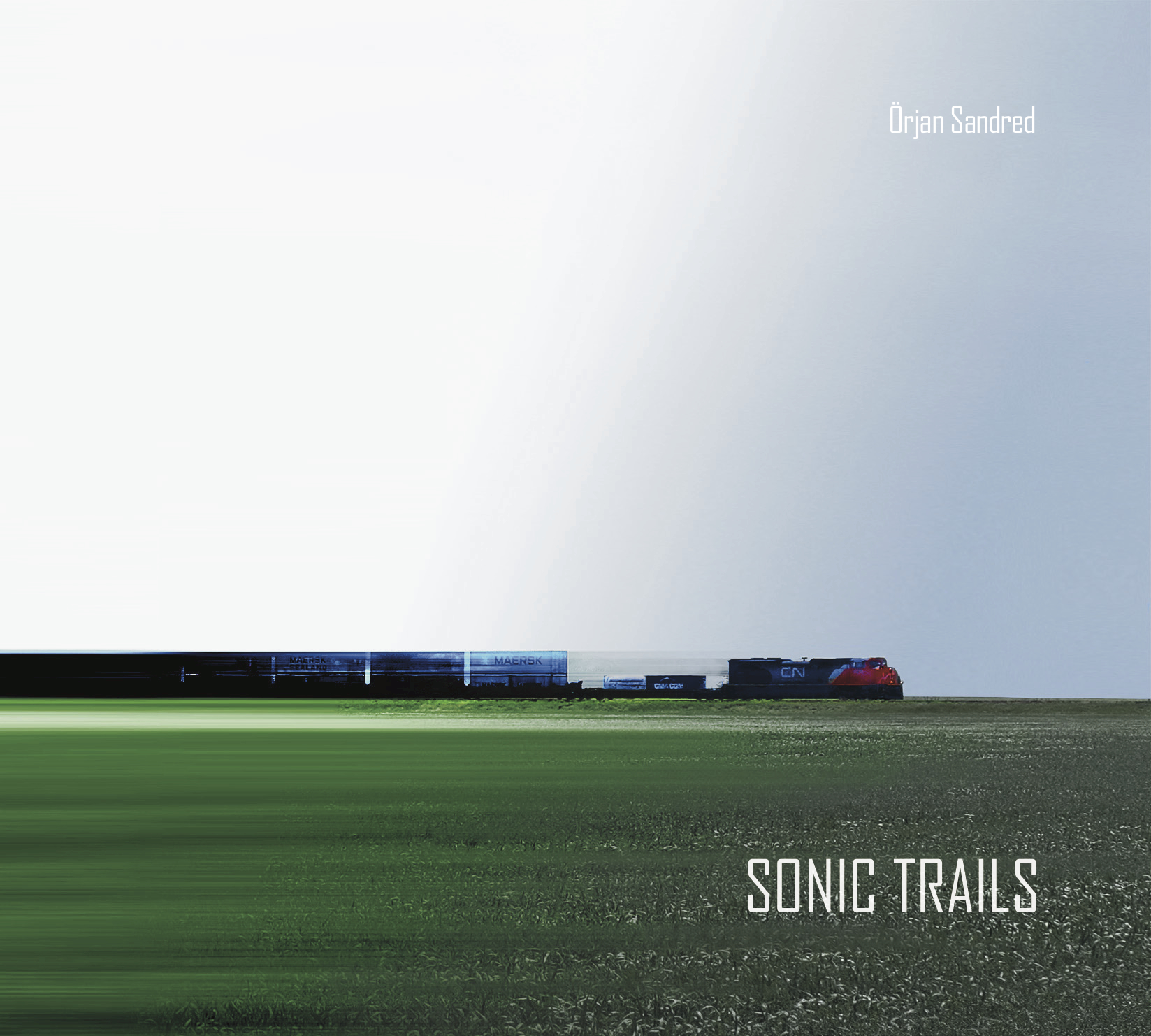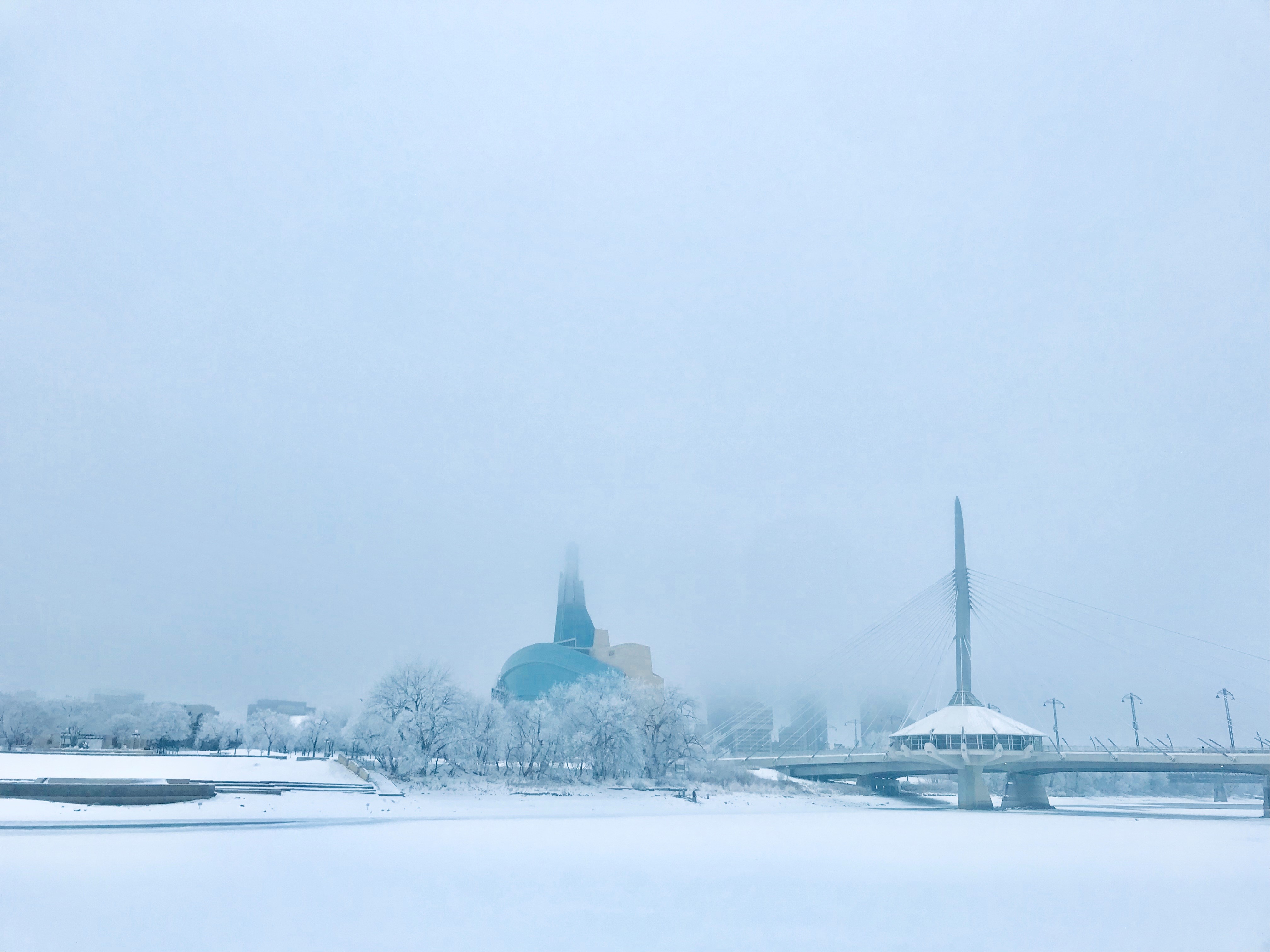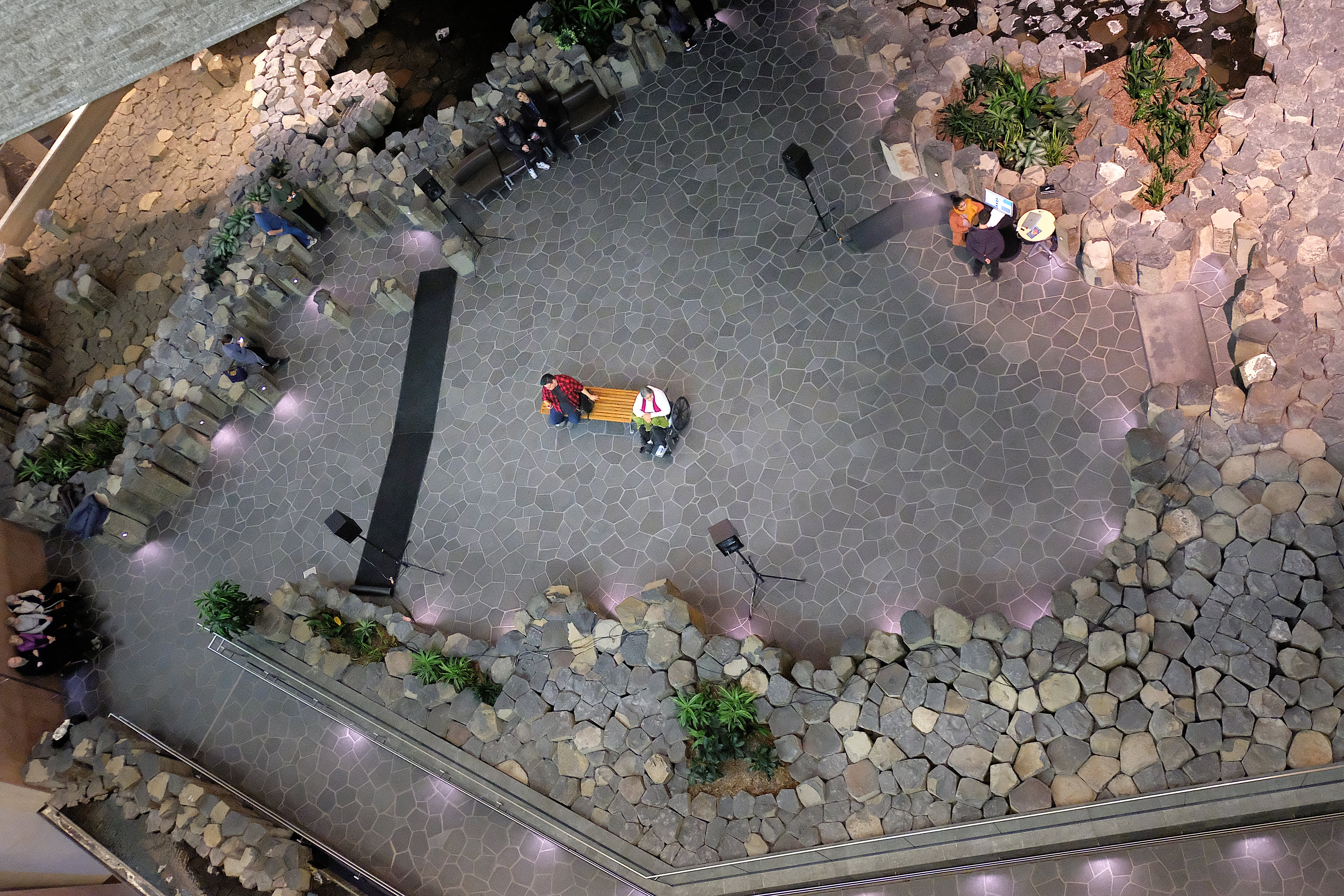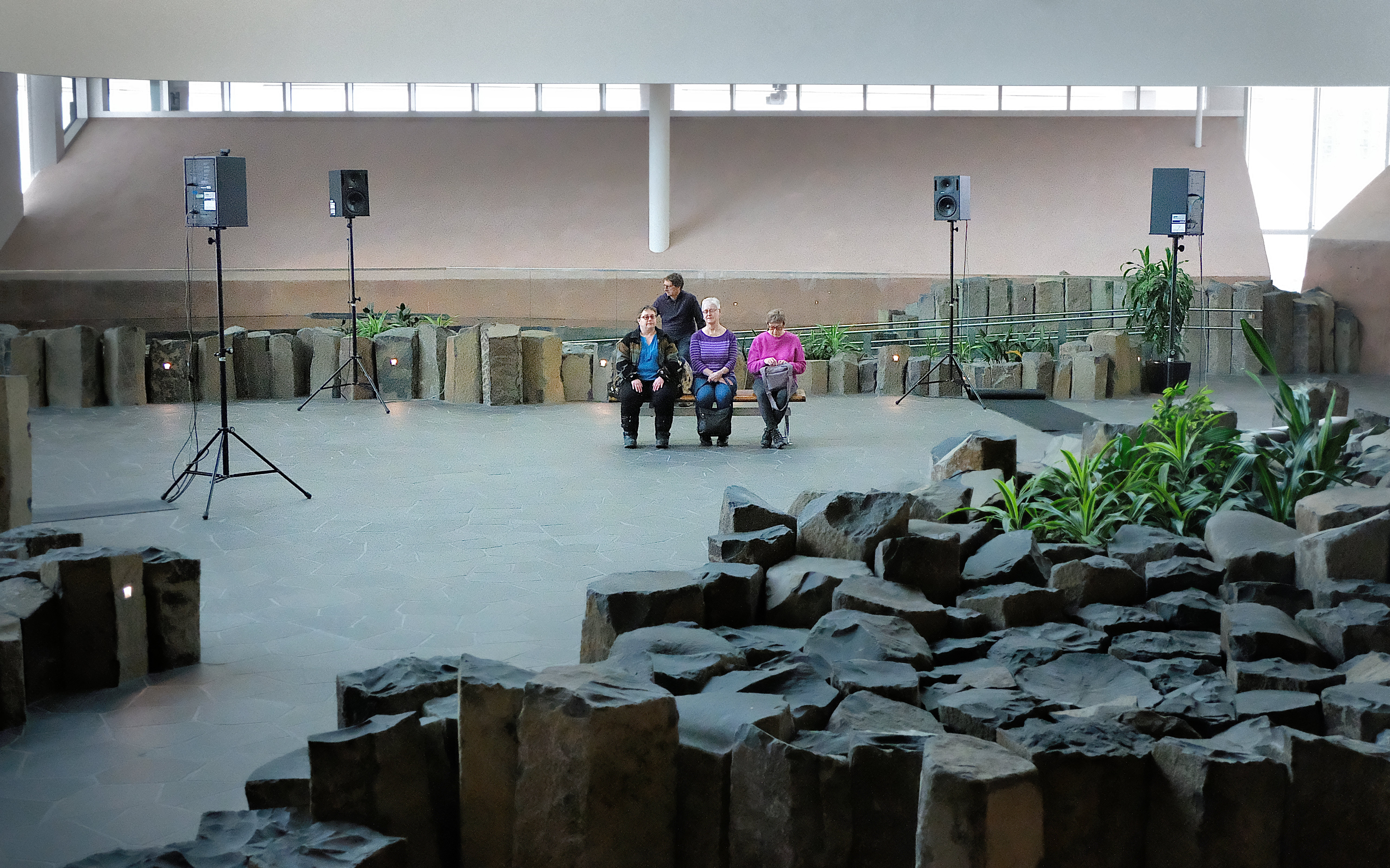
Örjan Sandred’s Sonic Trails evokes the magic of cold climates
DFOM professor Örjan Sandred uses his adopted hometown of Winnipeg as inspiration for innovative computer-assisted compositions in his new album
While COVID-19 has certainly brought many things to a halt, it hasn’t dampened musicians’ creativity. For Desautels Faculty of Music professor Örjan Sandred, this past year has proven to be the perfect time to release Sonic Trails, a collection of his music that explores isolation, anxiety, community, cold, and collaboration.
The Swedish composer used his Canadian home of Winnipeg as the backdrop and inspiration for his new album, with Desautels alumna Sarah Jo Kirsch, Desautels professors Laura Loewen and Allen Harrington, trains, the Canadian Museum for Human Rights, and Canada geese all giving performances!
The album is a marvel, showing the extraordinary ways in which technology amplifies and augments the ways in which we hear, think about, and are moved by music.
A Ghazal – for soprano and live electronics
Text by Gustaf Froding (1860-1911); English translation by Judith Moffett; and vocals by Sarah Jo Kirsch (soprano) – Recorded February 25, 2019
“Gustaf Froding is one of the most prominent Swedish poets, says Sandred.
“His texts are profoundly influenced by his life, marred by his mental illness and alcoholism. His poems are often powerful and express all his life experiences in a way that forces you to listen to him.”,” he continues.
“His poem ‘A Ghazal’ paints an idyllic landscape full of life and joy, as seen through the eyes of someone who is unable to participate. In my musical setting of the poem, I wanted to highlight how the mind of a viewer colors impressions of the images described; how the unattainable idyll become becomes more idyllic, and how laughter and joy enhance the feeling of alienation,” he says.
“The poem expressed the desperate feeling of wanting to be involved, while at the same time not being able to break out of isolation.”
The piece, which originally premiered at the Uppsala Concert Hall on March 10, 2017, begins with restrained, languid vocals from soprano Sarah Jo Kirsch, sounding as if there is a barrier between the vocalist and the other sounds swirling around her. She is encased in a glass tomb where she can see the world around her, but cannot access it.
“Even though a few sopranos have sung ‘A Ghazal,’ it was written with Sarah’s voice in mind,” says Sandred.
It is easy to hear why. The emotion in Kirsch’s voice is devastating, at points fragile, breathless, plaintive, beseeching, and desperate. Towards the end of the piece, she rises to an anguished yell before disappearing back into the ether of depression as the world continues on without her. The effect is visceral.
Ice Fog – for alto saxophone, piano and live electronics
Allen Harrington (alto saxophone) and Laura Loewen (piano) – Recorded August 28, 2019
The next piece on the album, “Ice Fog,” takes inspiration directly from Winnipeg.
“Ice fog appears when humidity in very cold air freezes into small ice crystals to form a thick fog,” says Sandred of the icy phenomenon that accompanies hoarfrost.
“Suspended in the air, the ice crystals are delicate, and will only remain as fog if there is no wind. Ice fog can therefore only exist on very calm and very cold winter days. If there is air movement, the ice fog dissolves,” he says.
“This composition attempts to create the same feeling of a frozen and fragile moment of magic stillness,” he adds.
The Harrington/Loewen Duo, comprised of Desautels professors Laura Loewen (piano) and Allen Harrington (saxophone), were commissioned to perform the intricate and intimate piece. Sandred specifically wrote the piece with Harrington’s and Loewen’s artistry in mind.
“The piano plays sparsely around the saxophone’s sustained multiphonics. The live electronic part suspends the timbres and creates a slow-moving fog surrounding the instruments,” Sandred explains.
The result is a ruminative piece in which the Loewen and Harrington sound as if they are treading on tiptoes and holding their breath in order to sustain the phenomenon while also reveling in it. The high, tinkling notes of the piano feel like a slight stirring of the air that sends the tiny ice molecules crashing into each other. The piece inspires the listeners to be appreciative of the full life that exists in the stillness around them.
Though written about a cold climate, “Ice Fog” premiered in a decidedly different climate: Bangkok, Thailand!
On the Floe Edge – for oboe, two bass drums and live electronics
Fredrik Sohngen (oboe) and Jonny Axelsson (bass drum) – Recorded January 21, 2019
This piece, inspired by the Arctic expression that describes the point at which solid ice sheets end on a coastline, dissolving into moving water and floating ice. It is the place where Arctic animals gather to feed and hunt, creating an action-filled flurry of activity in an otherwise sparse landscape.
“On the Floe Edge” begins with alarming and loud multiphonics in the oboe. They are the seed for the progression of timbres in the electronics,” says Sandred.
“The bass drums drive the frenetic music into a pulsating interplay with the oboe,” he continues.
“Through live electronics, the audience is thrown into the middle of the turmoil,” says Sandred.
For “On the Floe Edge,” Sandred sought out Fredrik Sohngen, the principal oboist of the Royal Swedish Orchestra in Stockholm, and Jonny Axelsson, a Swedish freelance percussionist, who has served as a soloist for multiple orchestras in Sweden.
The oboe and the bass drums interplay in a way that sounds at once random and interconnected. The rhythm that each instrument introduces serves to inspire that of the other, making it sound like the auditory equivalent of chaos theory, in which a pattern seems to emerge where, in fact, there is no pre-defined pattern.
The fast-paced and sometimes cacophonous notes of the oboe serve to keep the listener on alert, much in the way animals at a busy Arctic meeting point might stay acutely aware of their surroundings in order to fend off danger while do the hard work of surviving and thriving.
Sonic Trails – Installation for four loudspeakers
The professor of composition oversees the Desautels Faculty of Music’s Studio FLAT, where he teaches students about computer-assisted composition, and the ways in which the technology can be used to create something aesthetic or beautiful. In “Sonic Trails: the Prairies,” Sandred made good use of this expertise to create immersive soundscapes derived from his adopted Canadian home.
Sandred began by designing an algorithm that uses artificial intelligence to control how the music evolves and unfolds.
“That does not, however, mean that I am not in charge,” says Sandred.
“It is more like a game, where I set up rules for how the music can develop, and the computer makes choices [based off of those rules],” Sandred explains.
“There is a whole set of rules that together create a quite complex system. The computer remembers some aspects of what happened earlier during the performance and takes that into account. The result is that when I listen to the installation, I don’t know what will happen next,” he says.
Sandred then set out to collect sounds. He designed the algorithm to be able to use sounds from any location to create a region-specific piece. For “Sonic Trails: The Prairies,” Sandred set out to record sounds evocative of Winnipeg.
“I wanted to find environments that were characteristic and audibly well defined for Winnipeg,” he explains.
The resulting recordings included the sounds of trains running through the city and Canada geese returning to Oak Hammock Marsh in the spring.
“My favourite might be the wind in the elm trees,” he says.
“There is also a thunderstorm and rain, the sound of the food market at the Forks, a hockey game – from a community centre, not the Jets – and a highway,” he adds.
However, the sounds themselves are not as important to the composition as the way they transition when the algorithm is put into motion.
“There, the everyday experience of being in an actual location is transformed into a more abstract and musical experience,” he says.
“In the actual installation, these moments could put you into a meditative state, where the sounds open up in sometimes unexpected ways,” he says
After inputting this sound data into his algorithm, Sandred sent his composition to work, premiering “Sonic Trails: The Prairies” at the Canadian Museum of Human Rights on January 31, 2020, where it played for 11 hours uninterrupted, creating a soundscape that existed for only that period of time. Because of the way the artificial intelligence makes choices, the next time the piece is set into motion, it will sound entirely different.
“The computer makes every moment unique – sometimes recognizable elements stand out and occasionally the soundscape opens up and put us in a new context,” Sandred explains.
To learn more about Orjan Sandred’s work, or to purchase his album, please visit sandred.com. Sonic Trails is available for download on iTunes, Google Play, Amazon,
Spotify or any other online store.







